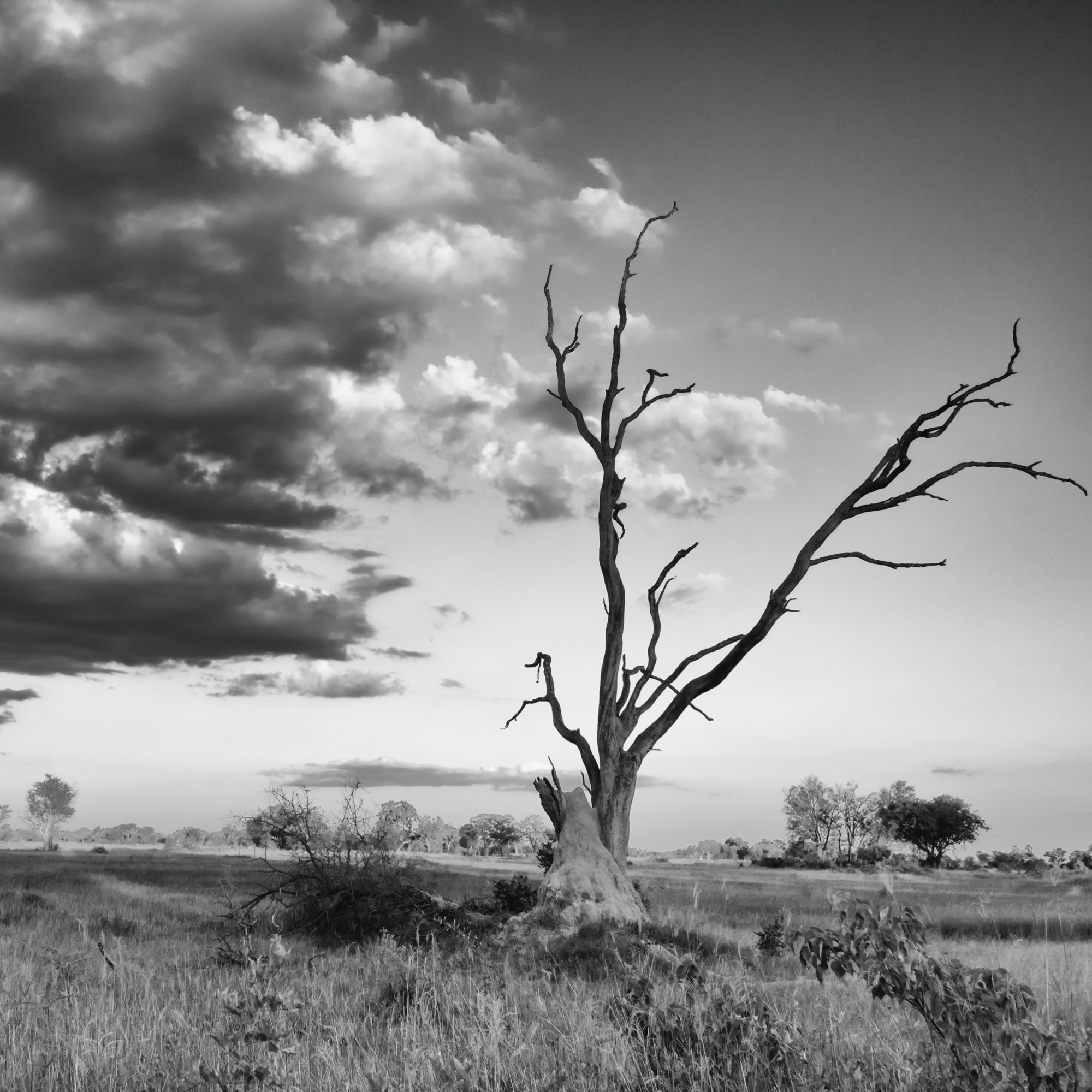



Showcasing the beauty of Mother Nature



I managed to take a lot of photos this week; the skies cleared after a large snowfall, and I spent some time shovelling a pathway out to the bird feeders, and then hung around with my camera to see who would show up.
It’s been a full weekend and I almost bailed on putting together this post, but since going through my photos and editing is one of my happy places, it seemed wrong to deny myself that joy just because I’m a bit fatigued.
I hope you enjoy my selections for the week.











A couple more photos of the deer that visited yesterday. I think I prefer the black and white edits more the the colour ones.



I’m posting this quite a bit later than I originally anticipated, so I’ll keep the chatter to a minimum and get right to the pictures. I hope everyone has had a wonderful week, and best wishes for a great week ahead 🙂












This week, let’s great straight to the pictures! I hope everyone is having a wonderful weekend 🙂










I wouldn’t have known that it was International Cheetah Day if I hadn’t come across a post about it on a blog I follow (de Wets Wild, which I would highly recommend if you are interested in South African wildlife).
I’ve been fortunate to spend a fair bit of time with cheetahs now, both during my time with Wildlife Act last year, and this past holiday. I’ve seen a somewhat half-hearted (and unsuccessful) hunt, but I have never seen them going at full speed, except on the wildlife documentaries I’ve seen on TV. Perhaps my time will come to see that in person 🙂
I hope you enjoy my selection of cheetah photos today. TGIF, and have a great day everyone!






